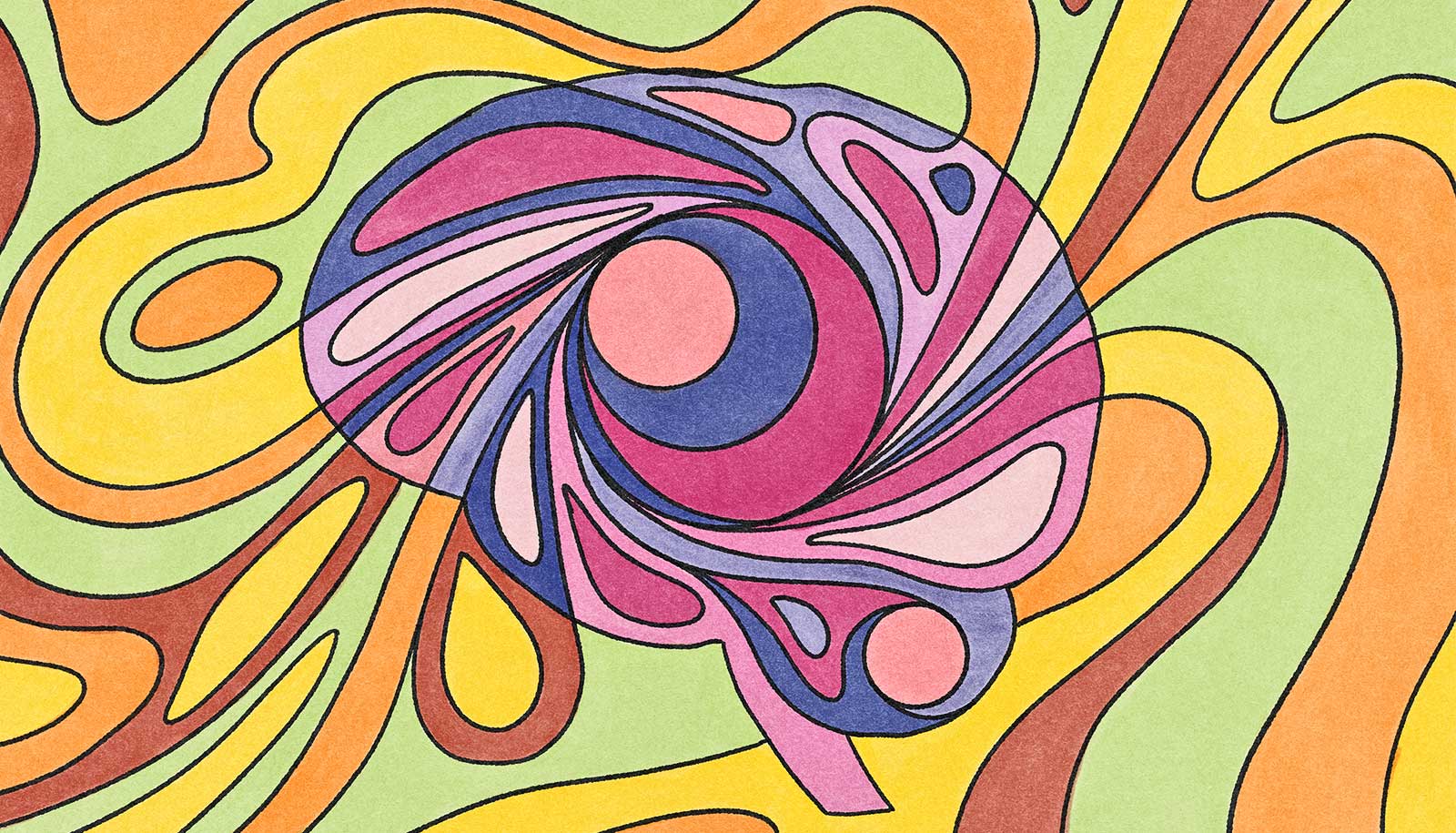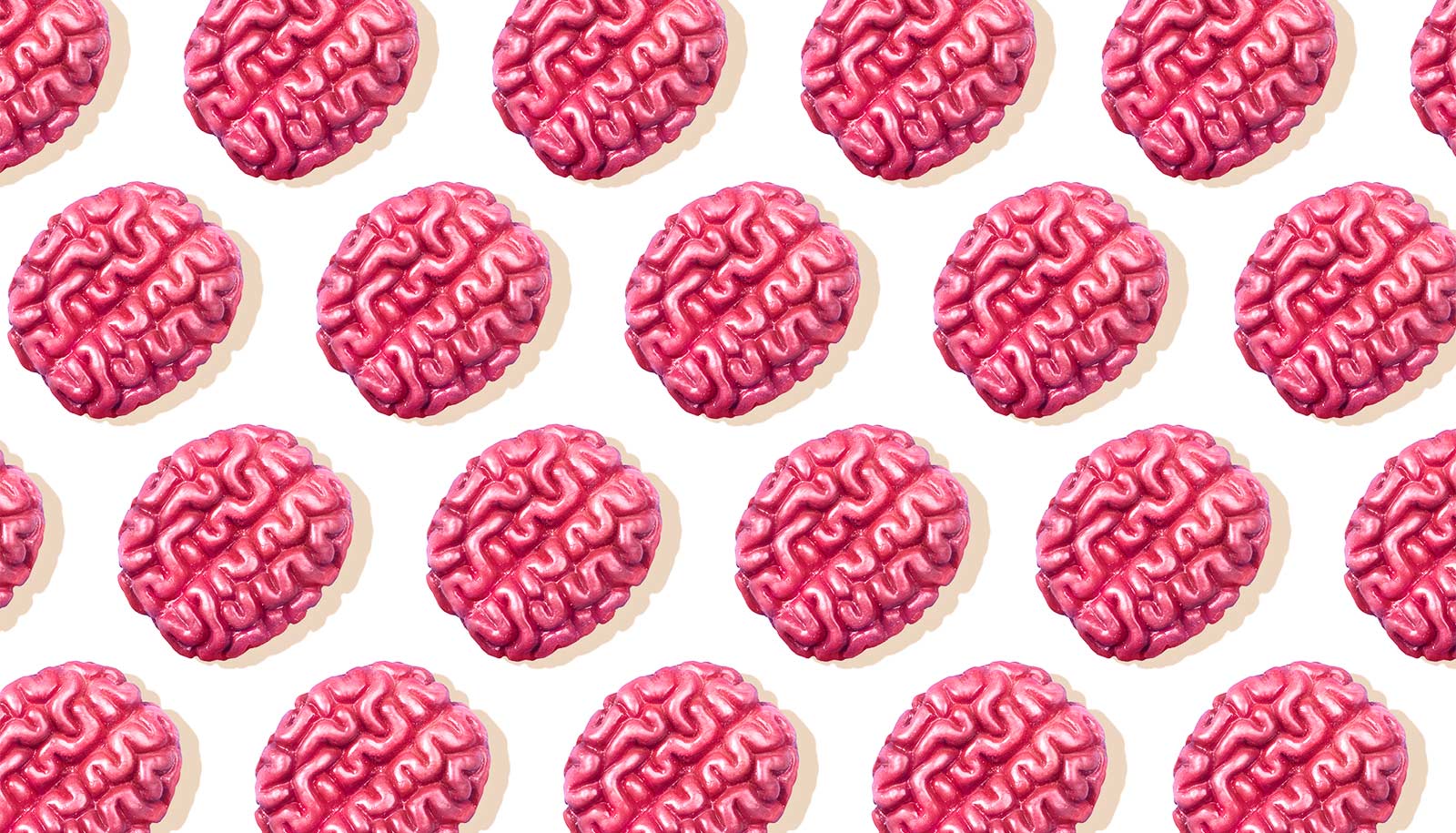Give teenagers just a tiny promise of a reward and they throw caution to the wind. The reason why: They’re brains don’t work the same way as adult brains do, a new study with mice suggests.
A long line of studies of the adult brain shows that the feel-good rush of dopamine, a neurotransmitter that helps control the brain’s reward and pleasure centers, may be why some people are willing to take risks.
“The adolescent brain doesn’t work the way we think it does,” says Bita Moghaddam, professor of neuroscience at University of Pittsburgh. “We have a set of predictions about it that keep proving to be wrong, that they seek pleasure because dopamine is more active. This study shows that may not be the case.”
Anticipation isn’t enough
The new findings, published in the journal Biological Psychiatry, show that when adolescents are faced with the prospect of a reward, their dopamine neurons are actually activated less than in adults.
This may seem counterintuitive, but Moghaddam says it makes perfect sense. Adult rats get a small dopamine rush from simply anticipating a reward, while adolescent rats don’t get the same level of dopamine-based satisfaction.
In humans, this is reflected in teenagers needing to do something, even a risky something, to get that dopamine rush. Anticipation isn’t enough for teens.
“The study also shows that preactivation [of the dopamine neurons]—pausing for a millisecond or two before doing something—is missing in the adolescents,” Moghaddam says. “So they actually go into action and start seeking reward without that sort of pause that the adult brain may have.”
Survival trait
The new study also sheds some light on why adolescents seem prone to doing the same thing again and again even if it ends badly every time.
[related]
“When adults learn that there will be no reward, their dopamine cells stop responding. But adolescent dopamine cells retain memories of past rewards,” Moghaddam says.
Evolutionarily speaking, this may have been a useful survival trait.
“At that age, ‘This did something good, and maybe it will again,’ is very important,” she says. “Those years were very critical for [ancient] humans, an important time to secure food and to find a mate, to be proactive. ‘Maybe I can go back to find food where I found it once even though it wasn’t there the last time.’
“That memory is there and helps motivate a person to look for a reward where they found it before.” But that property of adolescents’ brains can also make them vulnerable to drug seeking and disadvantageous risk taking.
The National Institute of Mental Health funded the work.
Source: University of Pittsburgh


